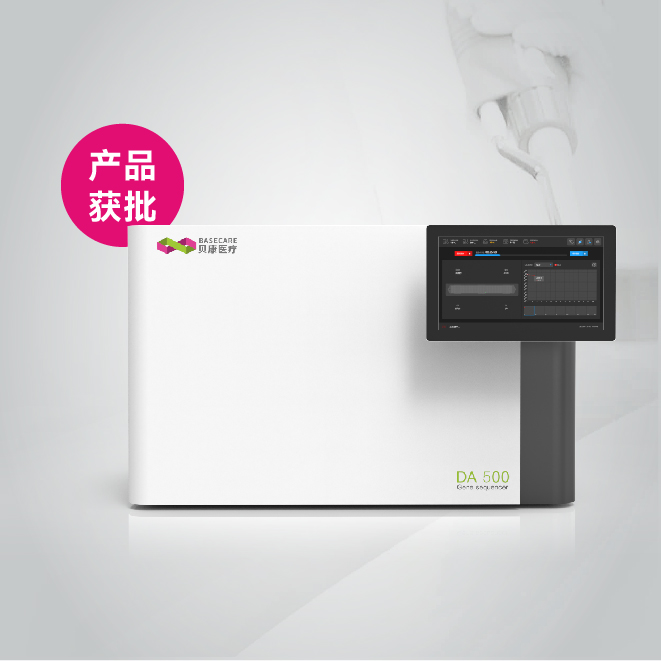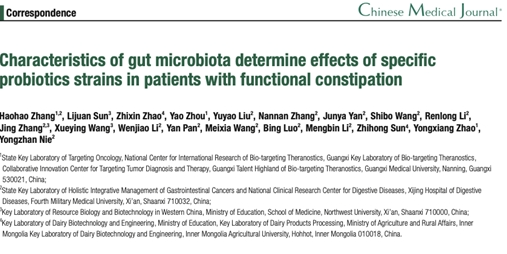John A. Ryan, Ph.D.
Corning Incorporated
Life Sciences
45 Nagog Park
Acton, MA 01720
Introduction
Cryogenic preservation (storage below -100°C) of cell cultures is widely used to maintain backups or reserves of cells without the associated effort and expense of feeding and caring for them. The success of the freezing process depends on four critical areas:
1. Proper handling and gentle harvesting of the cultures
2. Correct use of the cryoprotective agent
3. A controlled rate of freezing
4. Storage under proper cryogenic conditions
The last three points are discussed in more detail below.
A wide variety of chemicals provide adequate cryoprotection. However, dimethylsulfoxide (DMSO) and glycerol are the most convenient and widely used. DMSO is most often used at a final concentration of 5 to15% (v/v). Some cell lines are adversely affected by prolonged contact with DMSO. This can be reduced or eliminated by adding the DMSO to the cell suspension at 4°C and removing it immediately upon thawing. If this does not help, lower the concentration or try glycerol. Glycerol is generally used at a final concentration of between 5 and 20% (v/v). Although less toxic to cells than DMSO, glycerol can cause osmotic problems, especially after thawing. Always add it at room temperature or above, and remove slowly by dilution. High serum concentrations may also help cells survive freezing. Replacing standard medium-cryoprotectant mixtures with 95% serum and 5% DMSO may be superior for some overly sensitive cell lines, especially hybridomas.







